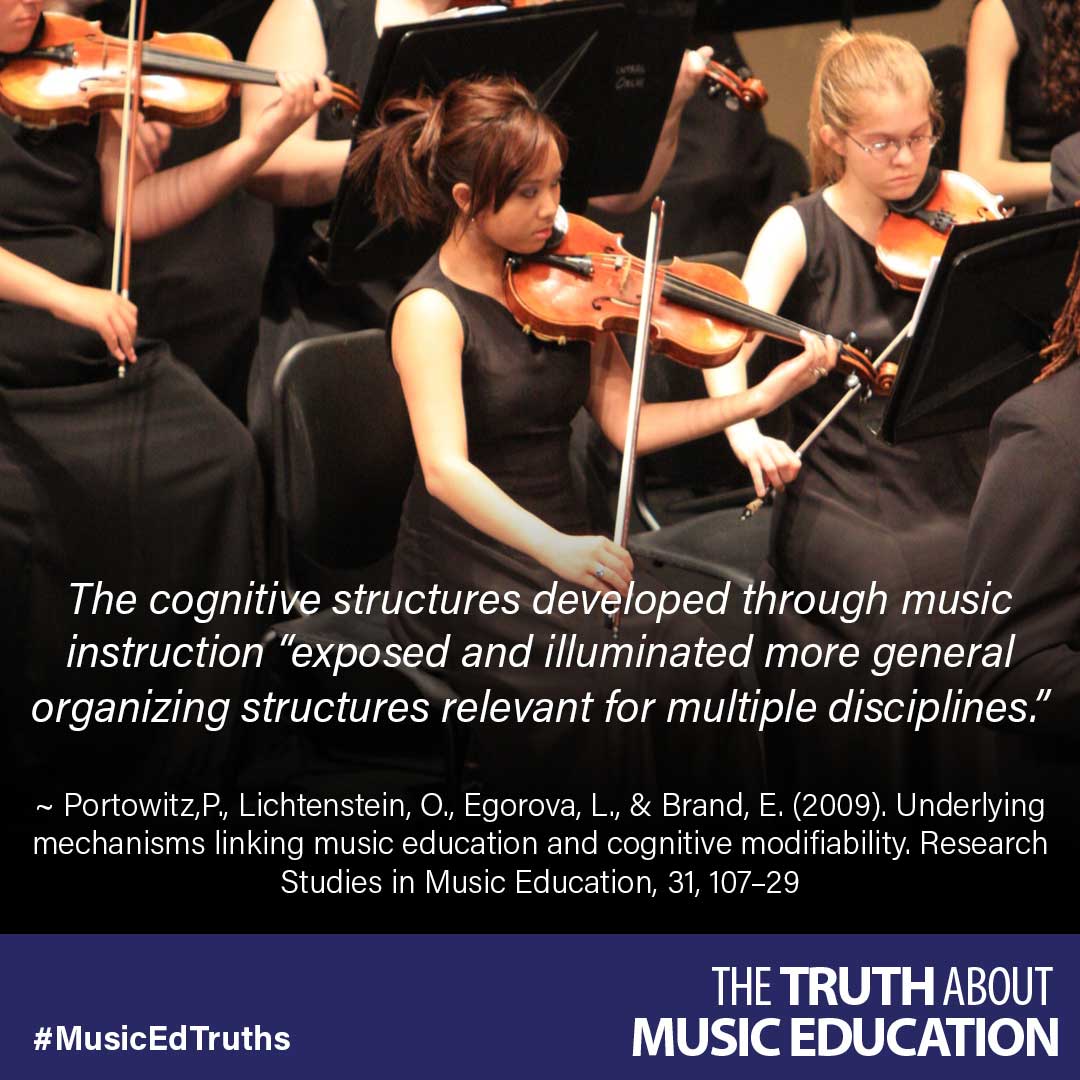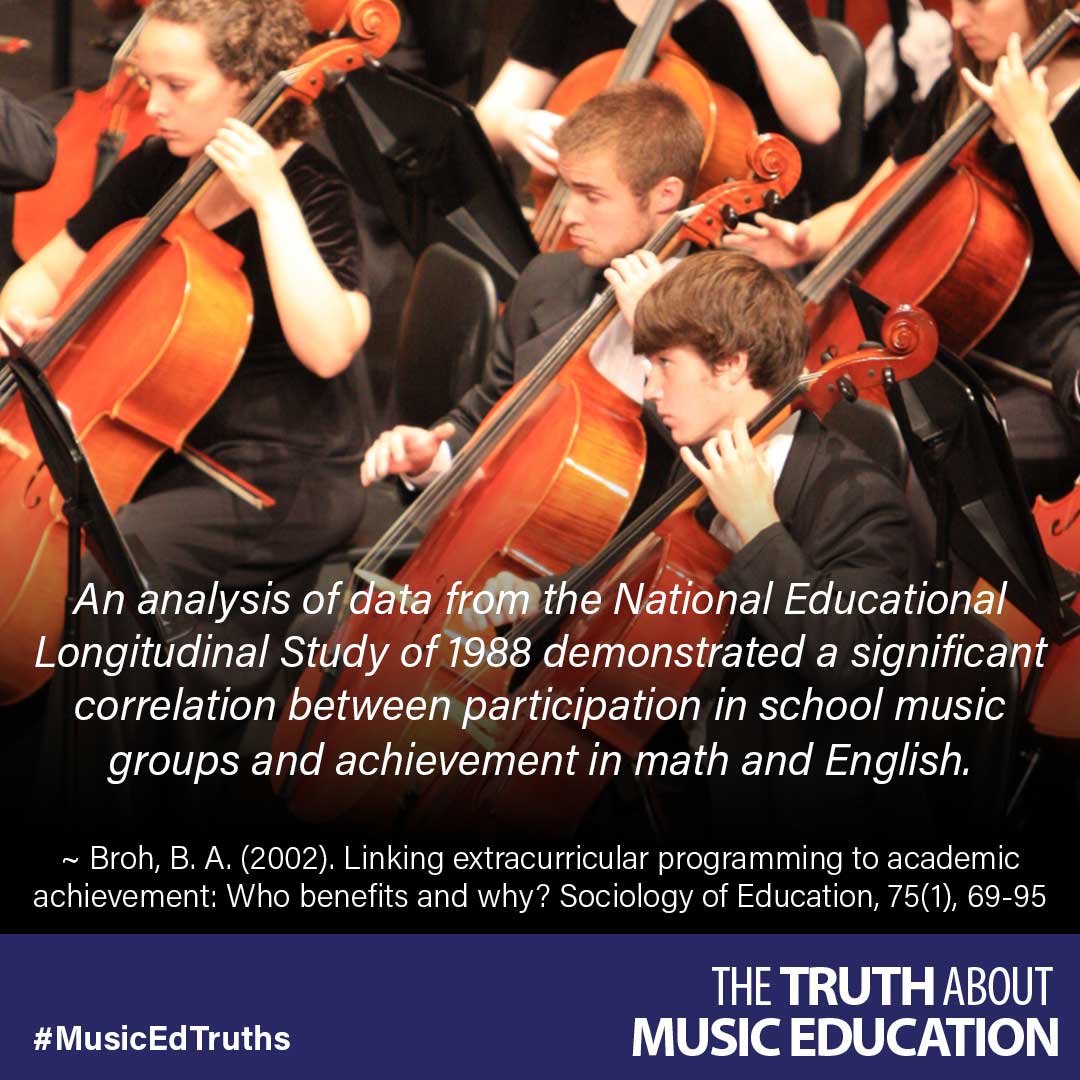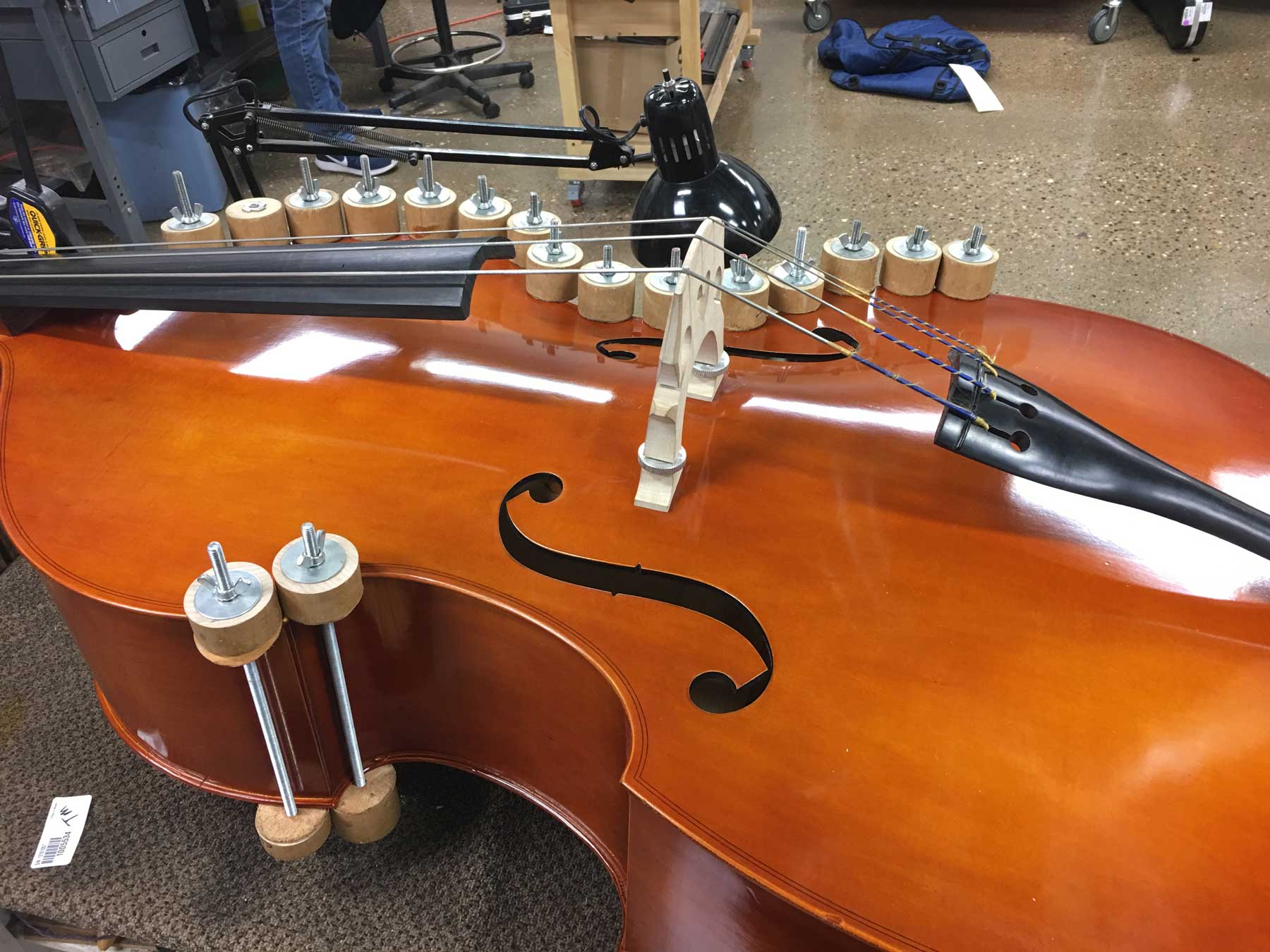Paige’s Music – Music Madness Sale – March 15-17, 2018
Shoot and Save
For the past few years we’ve held an event that not only saves you money on great instruments and supplies, but it’s also a lot of fun! We call it our Music Madness Sale and it happens in coordination with the college basketball tournament that begins about this same time.
From March 15th through the 17th you’ll be able to come in to the store for some great savings. You’ll receive a scratch-off game “ticket”. Scratch off your ticket to reveal your discount. Then, if you’d like, shoot a basketball to possibly double your savings! Each family gets a warm-up shot, and then you let the real thing fly. The savings range from 5% – 20% off of our already low prices. If you’re in the market for an instrument, now’s the time to come in to scratch, shoot and save!






